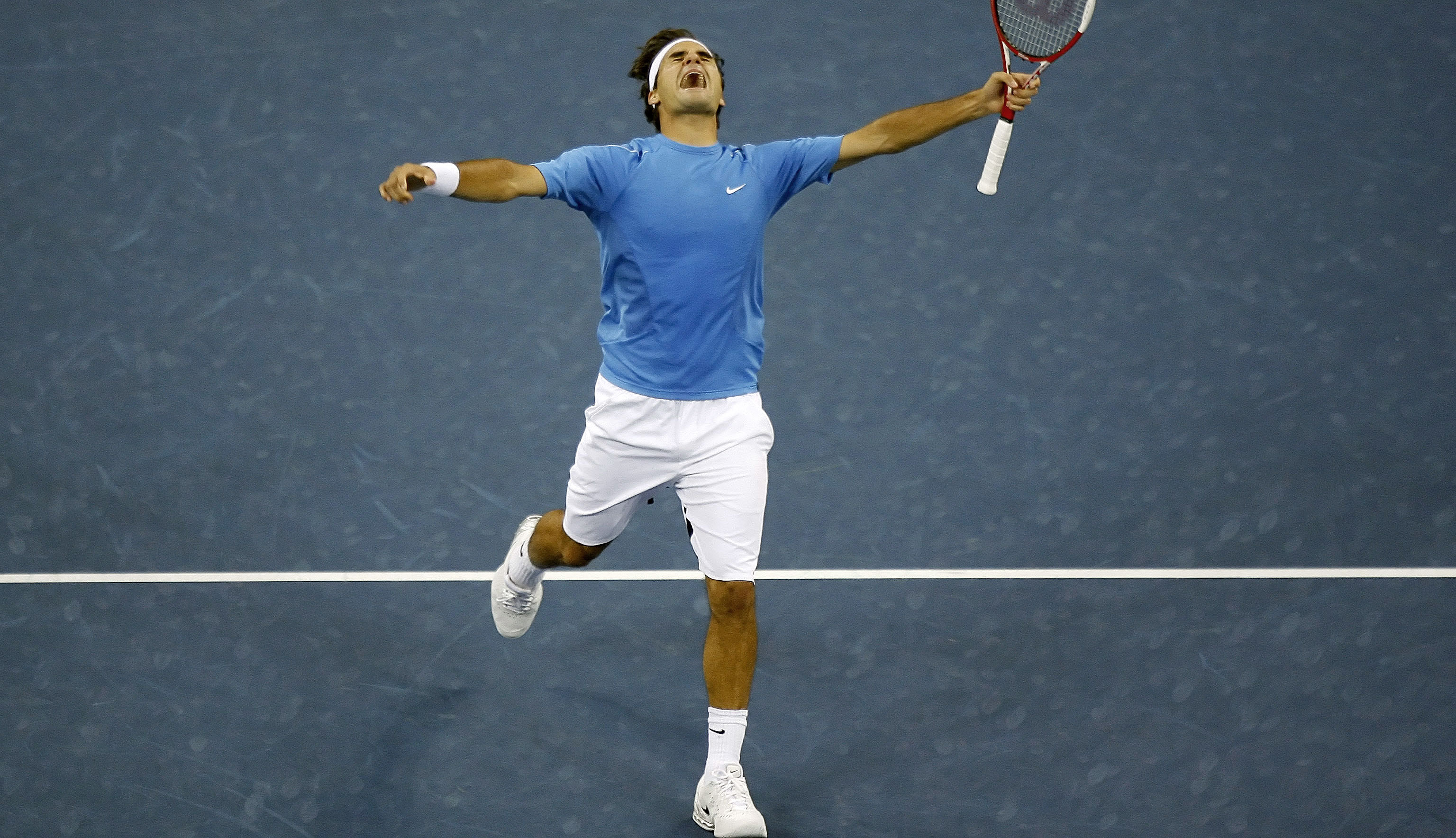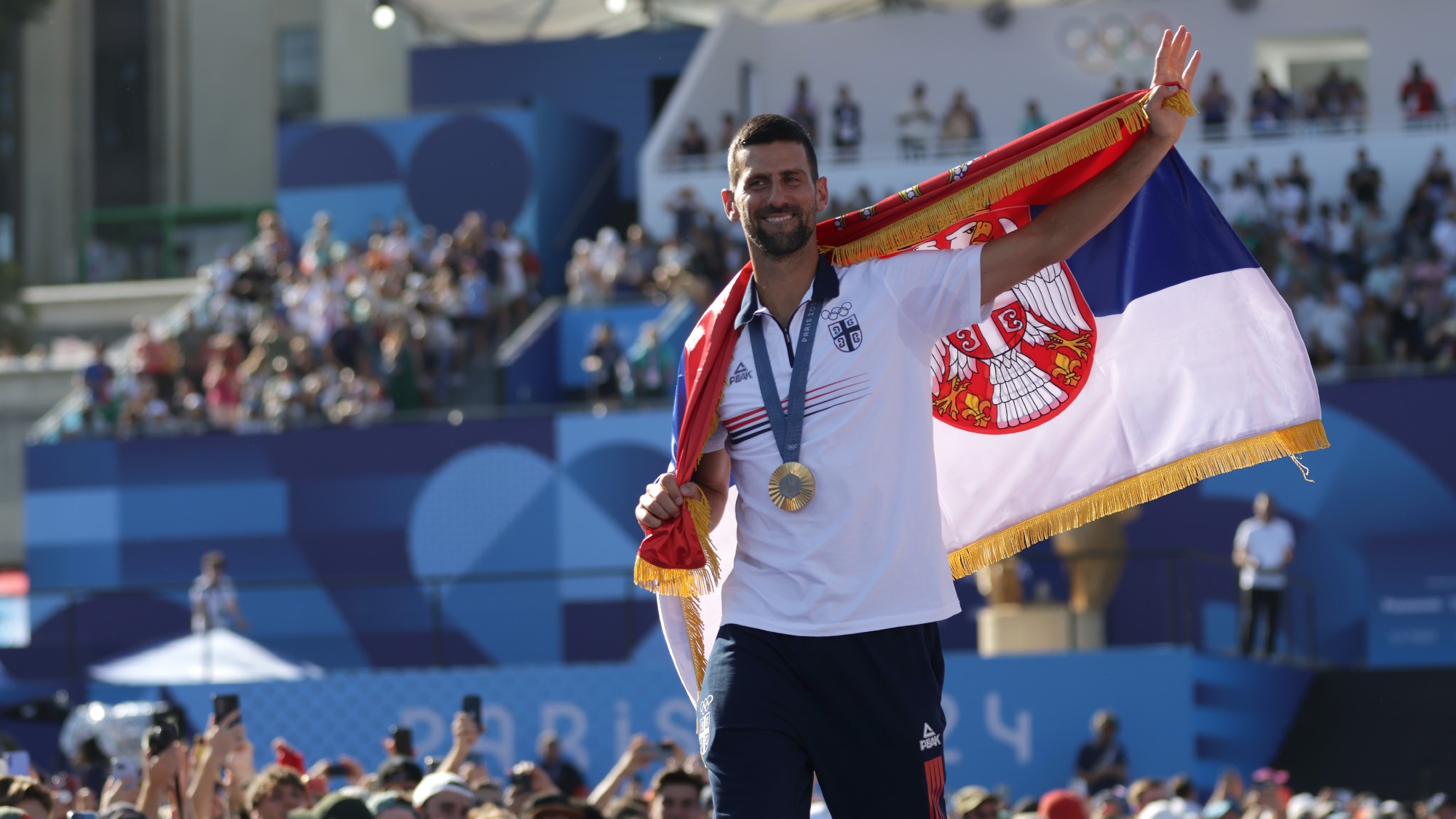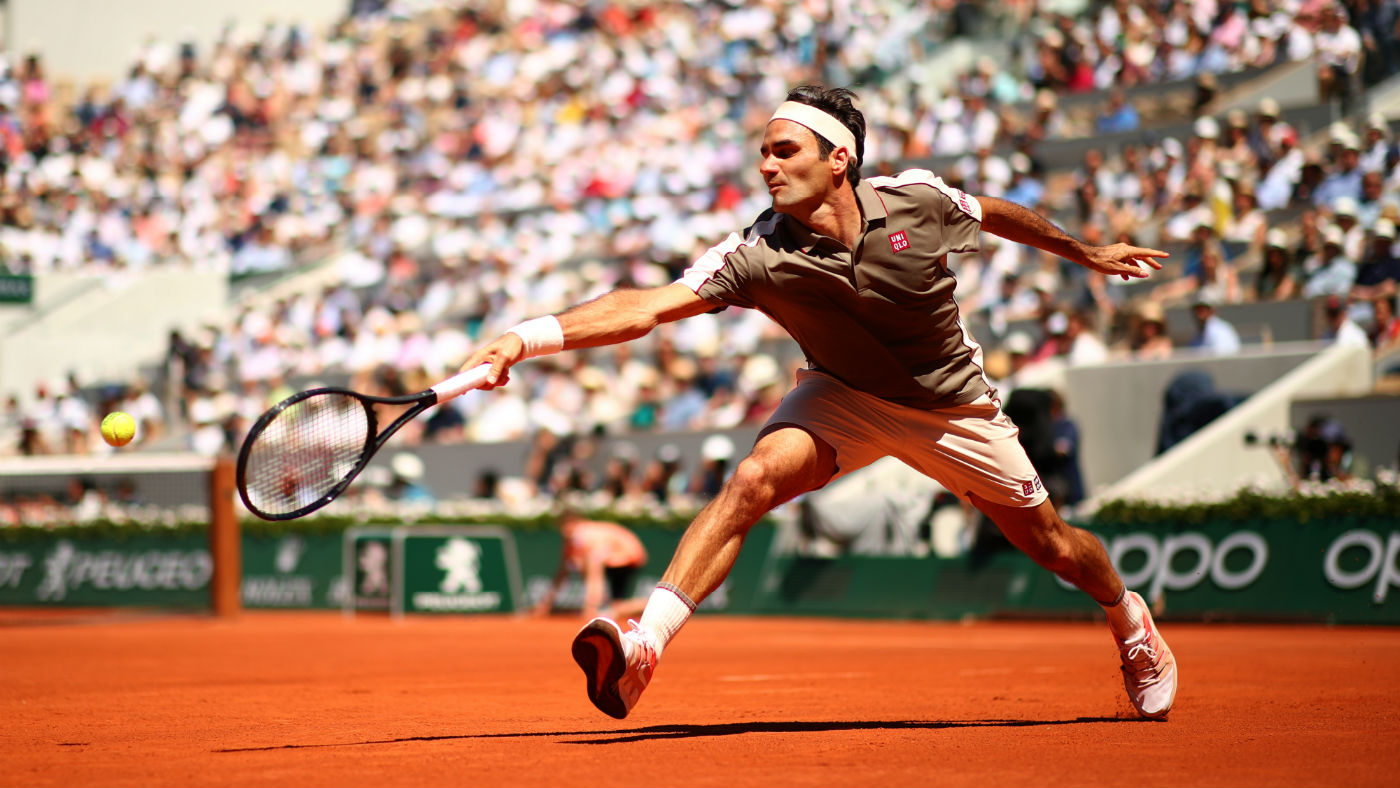Roger Federer: playing with perfection
The uncontested master of the Grand Slam is back for more

Roger Federer’s achievements in professional men’s tennis are without parallel. No man has won as many Grand Slam titles (20), nor appeared in as many Grand Slam finals (30). Alone in the history of men’s tennis, he has won three of the four Grand Slam tournaments on at least five occasions. He has been Wimbledon singles champion a record eight times, holding the title in consecutive years between 2003 and 2007 – a feat he emulated at the US Open between 2004 and 2008. In the past decade and a half, he has been the world’s top-ranked player for a total of 310 weeks, most recently in June 2018.
Yet to describe Federer’s career in a list of statistical superlatives is to diminish his stature. As the 37-year-old Swiss prepares for his 19th US Open, few nowadays question his right to be considered not just the most successful male tennis player ever, but the most sublime exponent of the game. His status among contemporaries and former players is such that any criticism seems irrelevant, almost ungracious. As Serena Williams announced before the 2017 Wimbledon men’s final: “I’ve always been a Federer fan. I think if you’re not, it’s kind of uncool.”

So what is it that makes Federer arguably the greatest player in men’s tennis history? Former British No. 1 Tim Henman tells The Times that, quite simply, he has no weakness: “He returns well, his forehand is one of the best shots in the history of the game, he is a great athlete, so comfortable at the net. You have got to be playing well to have any chance of competing.” Author David Foster Wallace, writing in 2006 in The New York Times, had a more poetic take on his skills. “Federer’s forehand is a great liquid whip,” he says, “his backhand a one-hander that he can drive flat, coat with topspin, or slice… His serve has world-class pace and a degree of placement and variety no one else comes close to.”
The Week
Escape your echo chamber. Get the facts behind the news, plus analysis from multiple perspectives.

Sign up for The Week's Free Newsletters
From our morning news briefing to a weekly Good News Newsletter, get the best of The Week delivered directly to your inbox.
From our morning news briefing to a weekly Good News Newsletter, get the best of The Week delivered directly to your inbox.
But none of this, Wallace thought, could properly explain the experience of watching Federer on court, where he appears “to be exempt, at least in part, from certain physical laws”. William Skidelsky, in The Observer, takes up the theme, noting that while most top players now adopt a “power baseline” game, Federer combines this with a more subtle and varied approach. In the process, he reveals a new way of playing tennis that is as attractive as it is effective. In Wallace’s words, “He is Mozart and Metallica and this combination is somehow wonderful.”
Federer’s story is also compelling for the late-career resurgence that has seen him take three Grand Slams out of the five he has entered over the past two seasons. After dominating men’s tennis in the first decade of the century, his career slumped and he managed just one Grand Slam between the start of 2010 and 2017. Then, after a six-month injury lay-off in 2016, he returned the following year to take the Australian Open, beating arch-rival Rafael Nadal. In 2017 he won Wimbledon without dropping a set.

Federer’s 20-year career “has now traced the unlikely path of an inverted parabola: from unbeatable to unbeatable, with a seven-year stretch of eminently beatable”, says Peter De Jonge in The New York Times. He quotes former tennis stars Rod Laver, Mats Wilander and Brad Gilbert, who all argue that Federer is now playing the best tennis of his life: “Federer has always played loose,” says De Jonge, “but since Australia he has attained spalike levels of relaxation. His long break rejuvenated him.”
His resurgence is not just the result of a psychological re-set. In 2014 he upgraded to a larger racket, which improved his backhand drive and strengthened his return of serve. Statistics reveal that the Federer serve is now a more effective weapon, helping him to win more service points and games, as well as delivering a greater number of aces. And he has adapted his game to accommodate the fact that, as a player in his mid-thirties, he is no longer as fast as he was. Henman says Federer compensates with an attacking style that means opponents find it difficult to make him run around the court.
A free daily email with the biggest news stories of the day – and the best features from TheWeek.com
Former world No. 2 Tommy Haas tells The New Yorker how it feels to be on court with him: “I’ve never felt more pressure playing against another player as I did against Roger when he’s on, where you feel like you have no room to breathe. You’re on your toes. You don’t know – is the ball going there? Is it going here? And the court is so big.” But underlying the Federer tennis phenomenon is simply the player’s love of the game and everything associated with it. In the same New Yorker piece, Louisa Thomas explains: “He loves tennis. Not just the titles, not just the competing, though he loves those, too. He loves the travel. He loves practising. He loves the fans. He loves the press conferences. He loves the tradition, the history. He loves making history.”
Roger Federer is a Rolex Testimonee and the proud owner of a Rolex Oyster Perpetual Datejust II, which he was wearing when he broke the record for the number of Grand Slam victories at Wimbledon in 2009. “Every time I put on my Rolex, it reminds me of those great moments,” he says. “It also reminds me that if you do not work hard, somebody else will, and they eventually will pass you. So you’ve got to be tough and even ruthless to some extent, but always be fair and play with style. I think that’s really important.” Discover more about Rolex and Tennis.
-
 7 bars with comforting cocktails and great hospitality
7 bars with comforting cocktails and great hospitalitythe week recommends Winter is a fine time for going out and drinking up
-
 7 recipes that meet you wherever you are during winter
7 recipes that meet you wherever you are during winterthe week recommends Low-key January and decadent holiday eating are all accounted for
-
 Nine best TV shows of the year
Nine best TV shows of the yearThe Week Recommends From Adolescence to Amandaland
-
 Roger Federer’s retirement: an end to a ‘magical era’
Roger Federer’s retirement: an end to a ‘magical era’Talking Point The Laver Cup will be the Swiss national’s final competitive appearance
-
 Roger Federer and the ‘GOAT’ debate
Roger Federer and the ‘GOAT’ debateTalking Point Tennis luminaries line up to declare the Swiss the greatest of all time
-
 Novak Djokovic vs. Rafael Nadal: grand slam wins, big titles and career records
Novak Djokovic vs. Rafael Nadal: grand slam wins, big titles and career recordsIn the Spotlight Djokovic scooped his first Olympic gold in Paris this summer to match Rafael Nadal's win at Beijing 2008
-
 ‘Sad day for tennis’: is this the end of Roger Federer’s glittering career?
‘Sad day for tennis’: is this the end of Roger Federer’s glittering career?Today's Big Question 40-year-old Swiss maestro will have a third operation on his right knee
-
 US Open: Novak Djokovic is in, but Rafael Nadal and Roger Federer are out
US Open: Novak Djokovic is in, but Rafael Nadal and Roger Federer are outSpeed Read World No.1 confirms he will play in the New York grand slam event
-
 Roger Federer will ‘see you on the grass’- but is this the beginning of the end?
Roger Federer will ‘see you on the grass’- but is this the beginning of the end?In Depth Swiss maestro will miss the French Open after undergoing knee surgery
-
 Sport shorts: Roger Federer’s ski trip is delayed and LeBron James promises to continue Kobe Bryant’s legacy
Sport shorts: Roger Federer’s ski trip is delayed and LeBron James promises to continue Kobe Bryant’s legacyDaily Briefing Ten things from the world of sport on Tuesday 28 January
-
 14 July 2019: was this the greatest day in British sporting history?
14 July 2019: was this the greatest day in British sporting history?In Depth Cricket World Cup final, F1 British Grand Prix and the Wimbledon men’s final made it the most super Sunday